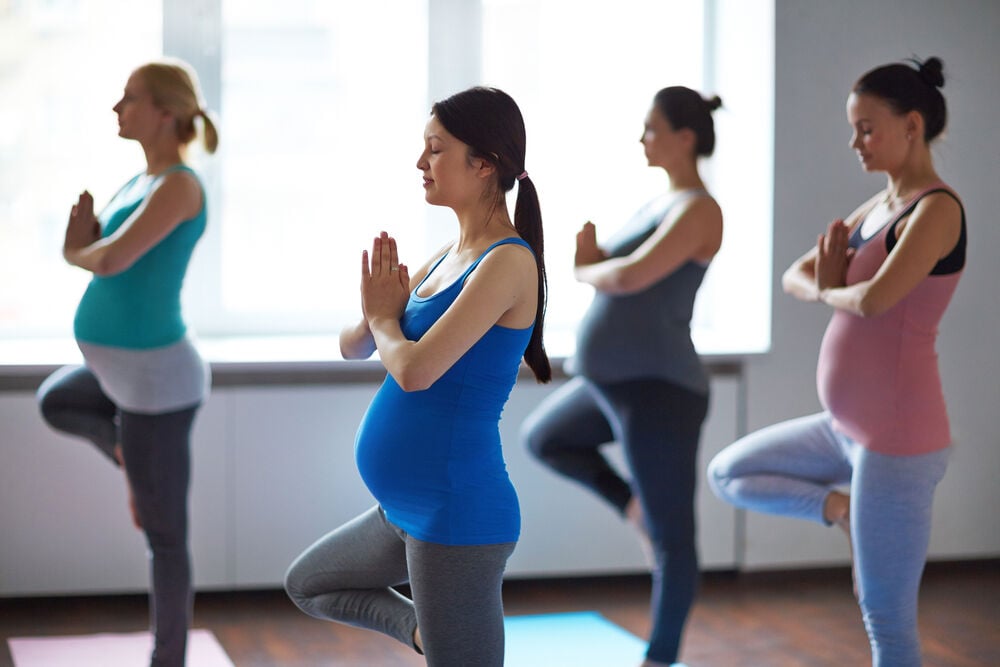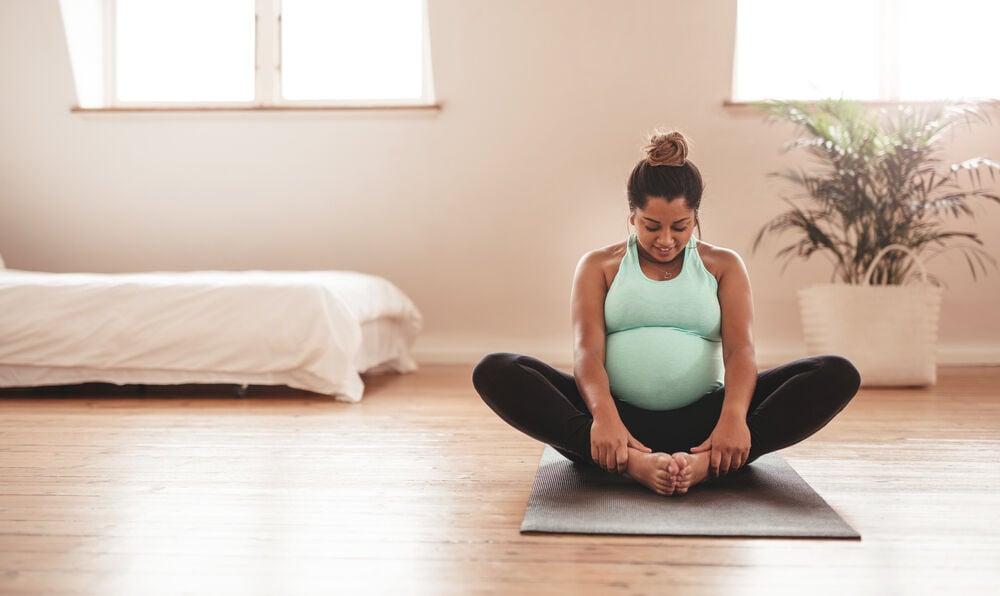Yoga is a great way to stretch your body and strengthen your core when you’re pregnant. For pregnant women, yoga can help alleviate stress, relax their bodies and minds, and give them a sense of wellness and peace. Doing yoga during pregnancy is a good exercise for many women, as many of the poses are low impact but have lots of benefits.
If you are considering doing yoga while pregnant or are looking for yoga poses for pregnant women, read on. We’ve found some of the best prenatal yoga poses that you can try for yourself.
















 Follow your baby's growth week by week
Follow your baby's growth week by week